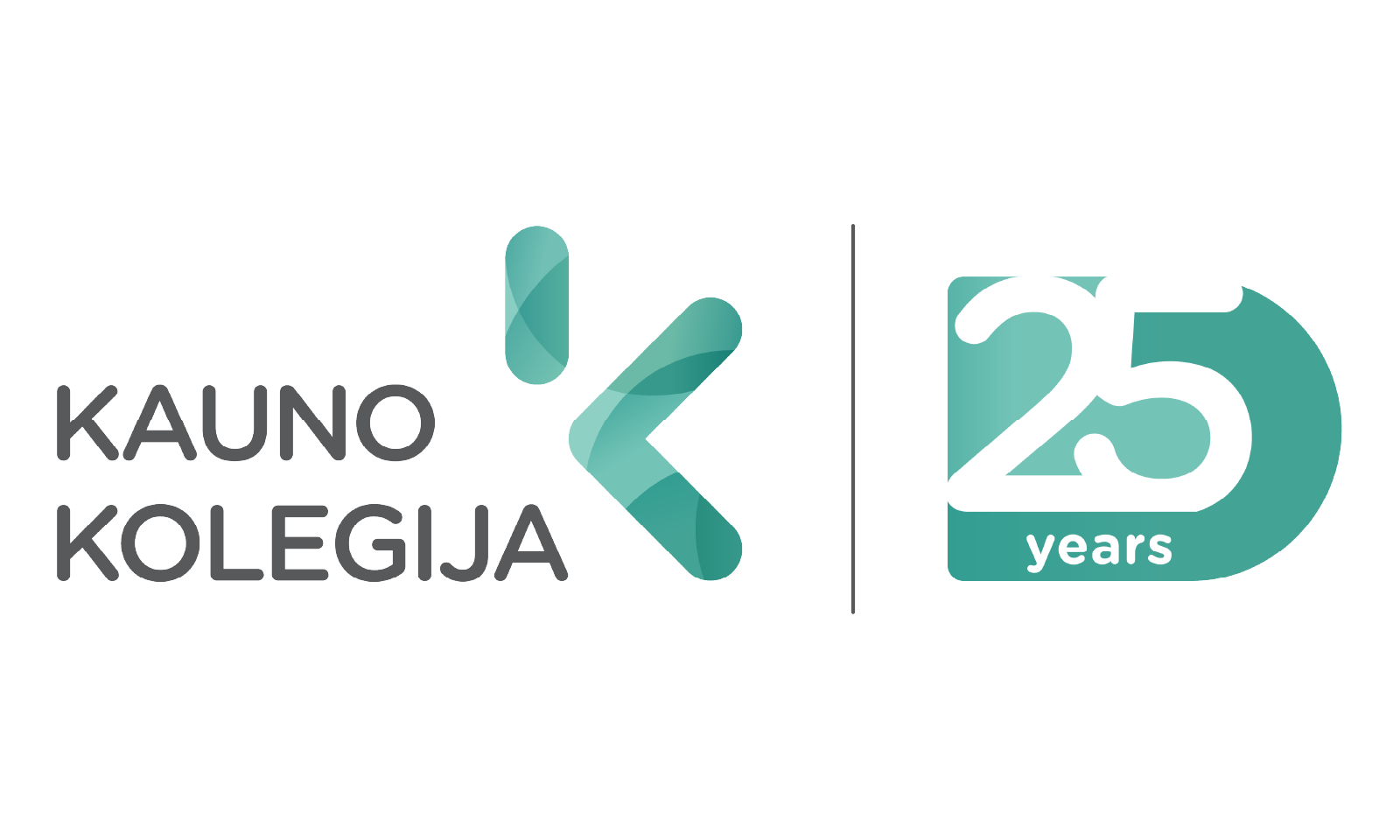| Course title | ECTS Credits | Semester | Annotation |
| 1st academic year | |||
| Drawing 1 | 4 | Autumn | The course unit “Drawing 1” is studied in the first semestre. Drawing tasks include the fundamentals of drawing: composition, perspective, proportion, line and tone description and expression. Students achieve theoretical background and gain practical skills of describing a figure; learn figure drawing rules, consistency and ability to analize the structure, proportions and character of a figure. Consistent process of delivering topics promotes students purposefully to achieve results. In pursuance to find solutions for individual self-expression students are taught plastic anatomy, analysis of figure structure, priciples of tonal modeling. Introduction of the different types of drawing (sketch, study, structural, tone, linear drawing), a variety of drawing tools and techniques (pencil, charcoal, sanguine, sous, pastel, ink, marker, etc.). |
| Painting | 3 | Autumn | The course unit “Painting” deals with visual art which has enough sophisticated forms of expression. The program gives the opportunity to try a variety of painting techniques, instruments, and imaging techniques. It will allow a student to figure out how to convey the color of natural forms in space; guide with color values and symbolism.Students will study in the field of fine arts and the aesthetic perception of the overall application of their speciality. |
| Basics of Clothing Composition | 4 | Autumn | The course unit “Basics of Clothing Composition” analyzes the composition of artistic expression and harmonization measures, their application in the design of clothing and apparel silhouettes |
| Computer Graphics 1 | 4 | Autumn | Computer Graphics 1 increases students’ knowledge using Adobe Photoshop and Adobe Illustrator programs. They get acquainted with digital drawing using tablets. 2D computer graphics skills are developed. |
| Sewing Technology and Materials Sciences | 6 | Autumn | Introduction to the types of textile fibers, fabrics and embroidery materials, classification, assortment, mechanical, physical properties, their selection for clothing. The methods of forming stitches and seams, the technologies of the use of adhesive materials, the selection of rational methods of sewing and heat-wet treatment are studied. The technology of sewing shoulder and waist clothes is taught. The main technological units of clothing are sewn. Clothing cuts and decorative structural elements are analyzed. Lines and cuts that correct and emphasize the shape and silhouette are researched. |
| Drawing 2 | 3 | Spring | The course unit “Drawing 2” is studied in the second semester. Students get more complex tasks, addressing various technical and creative problems. A variety of drawing tools, techniques and methods are used. The tasks of the subject develop students’ imagination, encourage thinking, experimentation. Students achieve theoretical background and gain practical skills. They learn to draw a figure according to the rules, consistency and are able to analyze the structure of the shape, proportions, character. |
| Fashion Illustration | 3 | Spring | The course is designed to provide the knowledge of the history, evolution, and needs of fashion illustration. Students collect, analyze and evaluate information. They learn drawing techniques by making copies of illustrations of famous fashion designers and creating their interpretations. |
| Clothing Design 1 | 5 | Spring | The course unit introduces to the application of decoration types for a chosen fabric. Designing a clothing collection of a linen cloth. Interpretation of folk motifs in contemporary clothing. |
| Construction and Sewing 1 | 7 | Spring | Construction and Sewing 1 provides knowledge about the main dimensions of the figure and their measurement methodology, systems, methods and techniques of making structural drawings of clothes. Students are taught to design constructions of women’s light assortment and their patterns. Students apply knowledge of sewing technology and choose rational technological processing methods for sewing simple construction models. |
| 2nd academic year | |||
| Entrepreneurship | 3 | Autumn | * |
| Drawing 3 | 3 | Autumn | The course unit “Drawing 3” is studied in the third semester which includes more complicated tasks for the students. More complex tasks addressing various technical and creative problems are drawn. Students use a variety of drawing tools, techniques and methods. The tasks of the subject develops students’ imagination, encourage thinking, experimentation. They achieve theoretical background and gain practical skills; learn to draw a figure according to the rules, consistency and are able to analyze the structure of the shape, proportions and character.Drawing is connected with specialization (Fashion Design Composition). |
| Fabric Design | 3 | Autumn | The course unit “Fabric Design” analyzes fabric printing and decorating prototypes and innovations. Designs fabrics which are a subject to a creative clothing design. |
| Clothing Design 2 | 5 | Autumn | The course unit introduces to the application of decoration types for a chosen fabric. Designing a clothing collection of a linen cloth. Interpretation of folk motifs in contemporary clothing. |
| Construction and Sewing 2 | 7 | Autumn | The course unit “Construction and Sewing 2” provides the knowledge of how to create drawings of top-range clothing and various models of sleeve and collar designs. Students design constructions for women’s top range clothing and their patterns. They apply the knowledge of sewing technology and select rational technological processing methods for sewing patterns. |
| Creative Project (Internship) | 6 | Autumn | During this course unit, students analyze the sketches of clothing collection models, make model constructions and experiment with them, choose the way of decorating the fabric, sew an experimental collection model using traditional and non-traditional technologies. |
| Basics of Design | 3 | Spring | The course unit is designed to become familiar with the principles of the formation of organic form by switching from the platform to the three-dimensional composition. Form formation principles are analyzed in connection with the experimentation with paper plastics and other materials. Connection between two-dimensional graphics and three-dimensional form is analyzed. |
| Clothing Design 3 | 5 | Spring | The course unit introduces to the application of decoration types for a chosen fabric. Interpretation of fashion trends, adaptation for fashion brand collection. |
| Construction and Sewing 3 | 7 | Spring | The course unit “Construction and Sewing 3” provides the knowledge about the multiplication (gradation) of pattern details and the structural defects of patterns, the causes of formation of the mentioned defects and the methods of correction. Students design the constructions of the models of the created creative clothing collection and their patterns. They apply knowledge of sewing technology and select rational technological processing methods for sewing collection patterns. |
| Contemporary Fashion | 3 | Spring | The latest technologies in fabric production, modern advanced technologies in product production are introduced; principles of sustainable fashion, current issues and perspectives in the fashion industry are analyzed. |
| Industrial Internship | 6 | Spring | The structure of the sewing company, the work of its departments, the principles of clothing design in the work of a designer are analyzed. A clothing collection is created that meets the artistic, quality and economic requirements of the sewing company. The technological standards, sewing equipment and product range used in the company are analyzed. The student prepares a report on the results of industrial practice and presents them. |
| 3rd academic year | |||
| Fashion Photography | 3 | Autumn | The course unit “Fashion Photography” is designed to introduce the history of digital photography. Students identify the main features of digital photo devices, examine the choices of optics. During the studies, photography skills are acquired, which help to perform various projects in the specialty of fashion design. |
| Clothing Design 4 | 9 | Autumn | During the studies of the course unit “Clothing Design 4”, students develop three independently chosen topics for the creation of the final collection. The development of each topic includes analysis, mood collage, user profiling. After choosing one of the highest quality developed themes – the final clothing collection is created, artistic and technical sketches are made. |
| Creative Project (Internship) | 6 | Autumn | Students analyze the sketches or products of clothing models and gain knowledge about the methods of technical modeling and layout of clothing constructions as well as creation of decorative construction elements. They perform technical modeling and layout of shoulder and waist product constructions. |
| Construction and Sewing 4 | 15 | Spring | During the studies of the course unit “Construction and Sewing 4”, students design the constructions of the models of the final work clothing collection and their patterns. They sew experimental model layouts and, after correction, prepare detail templates for sewing products. Students apply a variety of model finishing and decorating techniques. They also apply knowledge of sewing technology and select rational technological processing methods for sewing patterns. |
*For more information about the content of the courses and application please contact International coordinator at Faculty of Arts and Education Kristina Juodeikiene kristina.juodeikiene@go.kauko.


